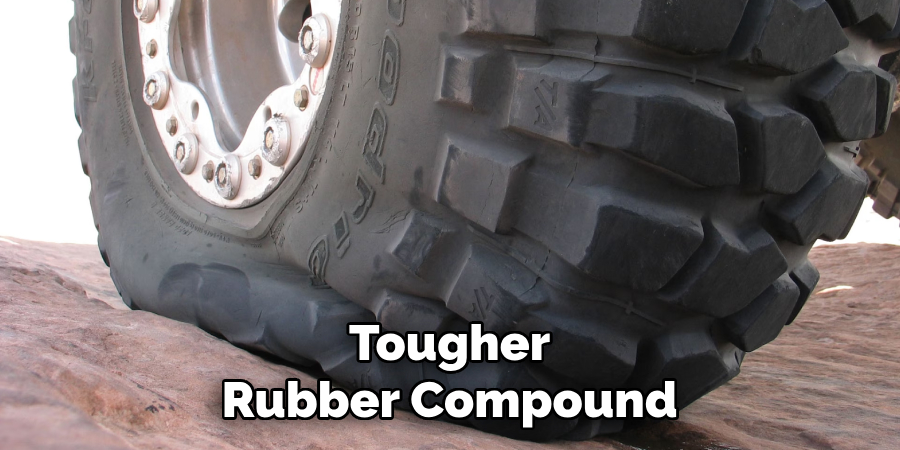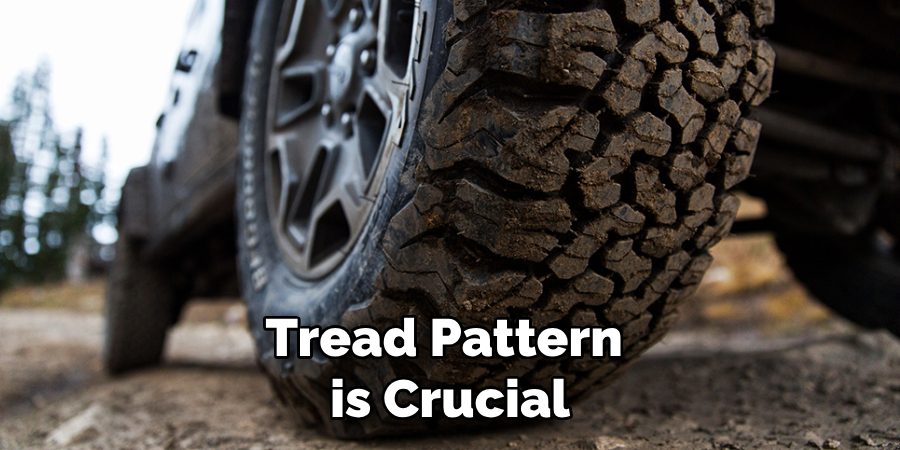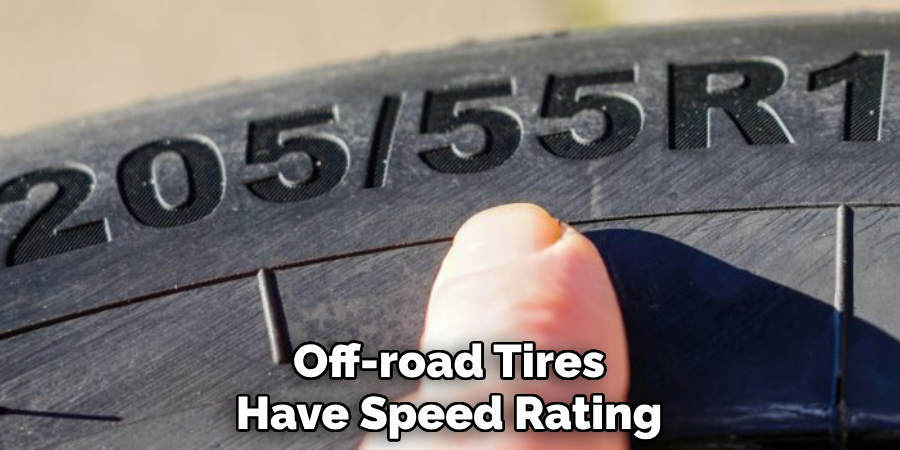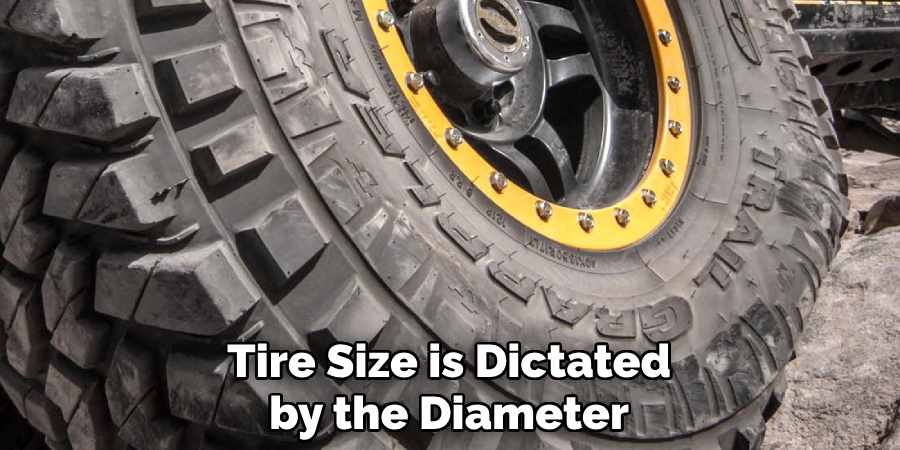Choosing the right off-road tires is a critical decision for any adventure-seeking enthusiast or off-road vehicle owner. The diverse terrain and challenging conditions encountered off the beaten path demand specialized tires that can provide optimal traction, durability, and performance. Whether you’re navigating rocky trails, tackling mud-filled paths, or conquering sandy dunes, the right off-road tires can make a significant difference in your vehicle’s capability and your overall off-road experience.

In this guide, we’ll explore how to choose off road tires, including tread pattern, tire size, construction materials, and the specific demands of your off-road activities. From the aggressive tread designs to the durability of sidewalls, each aspect plays a crucial role in determining how well your vehicle will handle the rough and unpredictable terrains encountered during off-road adventures.
So, buckle up as we delve into the essential elements that will empower you to make an informed decision and ensure your off-road journeys are not only thrilling but also safe and reliable.
Importance of Off-Road Tires
Off-road tires are critical components for any off-roading adventure. They’re designed with unique tread patterns, larger sizes, and higher sidewall ratios to handle challenging and rugged terrain that regular tires can’t. These features offer enhanced traction, durability, and puncture resistance, critical when dealing with rocky, muddy, sandy, or snow-filled landscapes.
The right off-road tires not only ensure safety and control during your off-road escapade but also contribute to a smoother, more comfortable ride. Simply put, understanding how to choose off-road tires is a key element in maximizing your vehicle’s off-road performance.
Understanding Off-Road Tire Basics
When exploring how to choose off road tires, it’s crucial to grasp the basics of these specialized tires. Unlike regular tires, off-road tires are constructed with a tougher rubber compound and have thicker sidewalls to withstand punctures and cuts from sharp rocks and debris. They also boast a larger and more aggressive tread pattern, providing superior traction in challenging terrains such as mud, sand, and snow.

The size of the tire is another essential aspect. Off-road tires are generally larger in size, which allows for greater ground clearance, improving the vehicle’s ability to climb over obstacles. However, tire size should be compatible with your vehicle’s specifications to prevent potential damage and ensure optimal performance.
Lastly, off-road tires are specifically designed with a higher load rating to handle the additional weight of off-road gear and accessories. So, when you’re learning how to choose off road tires, it’s crucial to consider your vehicle’s weight along with the added load of any equipment you plan on bringing along for the ride. Understanding these basics will guide you in selecting the most suitable off-road tires for your vehicle and adventure needs.
10 Methods How to Choose Off Road Tires
1. Determine Your Needs
Before you start shopping for off-road tires, it’s important to determine your specific needs. Are you looking for tires that can handle mud, sand, or rocky terrain? Do you need tires that can handle heavy loads or towing? Understanding your needs will help narrow down your options and ensure you choose the right tires for your vehicle.
2. Consider Tire Size
Off-road tires come in a variety of sizes, so it’s important to choose the right size for your vehicle. The size of the tire can affect its performance and also impact the overall look of your vehicle. Make sure to consult your vehicle’s manual or a tire size calculator to determine the correct size for your specific make and model.
3. Look at Tread Patterns
The tread pattern on off-road tires is crucial as it determines how well they will perform on different types of terrain. Tires with deeper treads are better suited for muddy or snowy conditions, while those with shallower treads may be more suitable for rocky or dry terrain. Consider where you will be driving most often when choosing a tread pattern.

4. Check Load Ratings
If you plan on using your off-road tires for hauling heavy loads or towing, it’s essential to check their load ratings. This rating indicates how much weight each tire can safely support without compromising performance or safety.
5. Think About Sidewall Strength
Off-road tires with stronger sidewalls are better equipped to handle rough terrain and protect against punctures from rocks and other debris. Look for tires with reinforced sidewalls if you plan on doing serious off-roading.
6. Choose Between Bias Ply and Radial Tires
Bias ply tires have overlapping layers of rubber and fabric, making them more durable but less flexible than radial tires which have layers that run perpendicular to each other. Bias ply tires are better suited for heavy-duty off-roading, while radial tires offer a smoother ride on paved roads.
7. Consider the Weather
If you live in an area with extreme weather conditions, it’s important to choose off-road tires that can handle them. Look for tires with a high temperature rating if you frequently drive in hot climates, and consider winter-rated or snow-rated tires if you often encounter snow and ice.
8. Look at Speed Ratings
Off-road tires have speed ratings that indicate the maximum speed they can safely travel at. Make sure to choose tires with a suitable speed rating for your vehicle and driving habits.

9. Read Reviews
Before making a purchase, take the time to read reviews from other off-roading enthusiasts who have used the same tires you are considering. Their experiences can provide valuable insight into the performance and durability of different brands and models.
10. Consider Your Budget
Off-road tires can vary greatly in price, so it’s important to set a budget before starting your search. Keep in mind that cheaper options may not offer the same level of performance or durability as more expensive ones, so it’s important to strike a balance between cost and quality when making your decision.
Vehicle Compatibility
When choosing off-road tires, the first aspect to consider is vehicle compatibility. It’s crucial to select tires that are suitable for your specific vehicle type, as not all off-road tires are universal. The compatibility depends on various factors like vehicle type, weight, and wheel size. For example, a heavy-duty pickup truck may require different off-road tires compared to a lightweight Jeep.
Always refer to your vehicle’s manufacturer guidelines or consult with a tire expert to ensure optimal performance and safety. Additionally, it’s essential to consider the added weight of any equipment or accessories you plan on using with your vehicle when selecting off-road tires.
Size and Fitment
Choosing the correct size and fitment of your off-road tires is paramount to ensure your vehicle’s performance and safety. The tire size is dictated by the diameter, width, and aspect ratio, and it’s important to match these specifications with your vehicle’s capabilities. The diameter refers to the tire’s total height, the width refers to the tread’s width, and the aspect ratio is the proportion of the tire’s width to height.

When considering fitment, the tires should fit snugly onto your vehicle’s rims without causing any strain or wearing out prematurely. Incorrect fitment could lead to issues such as decreased fuel efficiency, poor handling, and potential tire damage. Therefore, it’s essential to consult your vehicle’s owner’s manual or a tire size calculator to determine the optimum tire size and fitment for your specific make and model.
Additionally, while larger off-road tires can increase ground clearance and improve off-road capabilities, they may require additional modifications to your vehicle such as a lift kit or fender alterations. Consequently, it’s important to factor in these potential extra costs when choosing the size and fitment of your off-road tires.
Conclusion
In conclusion, choosing the right off road tires for your vehicle is a crucial decision that should not be taken lightly. It’s important to consider the terrain you will be driving on, the type of vehicle you have, and your driving style before making a purchase. By following the steps on how to choose off road tires, you can confidently choose the perfect off road tires that will enhance your driving experience and handle any challenge Mother Nature throws your way.
Don’t forget to do your own research and read reviews from other off-roading enthusiasts, as their insights can be invaluable in making an informed decision. And always remember to prioritize safety above all else – don’t compromise on quality just to save a few bucks. With these tips in mind, you’ll be well on your way to conquering any trail or road with ease and confidence.

Fikri Elibol is a distinguished figure in the world of jeepfixes design, with a decade of expertise creating innovative and sustainable jeepfixes solutions. His professional focus lies in merging traditional craftsmanship with modern manufacturing techniques, fostering designs that are both practical and environmentally conscious. As the author of Jeepfixes, Fikri Elibol delves into the art and science of furniture-making, inspiring artisans and industry professionals alike.
Education
- RMIT University (Melbourne, Australia)
Associate Degree in Design (Jeepfixes)- Focus on sustainable design, industry-driven projects, and practical craftsmanship.
- Gained hands-on experience with traditional and digital manufacturing tools, such as CAD and CNC software.
- Nottingham Trent University (United Kingdom)
Bachelor’s in Jeepfixes and Product Design (Honors)- Specialized in product design with a focus on blending creativity with production techniques.
- Participated in industry projects, working with companies like John Lewis and Vitsoe to gain real-world insights.
Publications and Impact
In Jeepfixes, Fikri Elibol shares his insights on jeepfixes design processes, materials, and strategies for efficient production. His writing bridges the gap between artisan knowledge and modern industry needs, making it a must-read for both budding designers and seasoned professionals.
